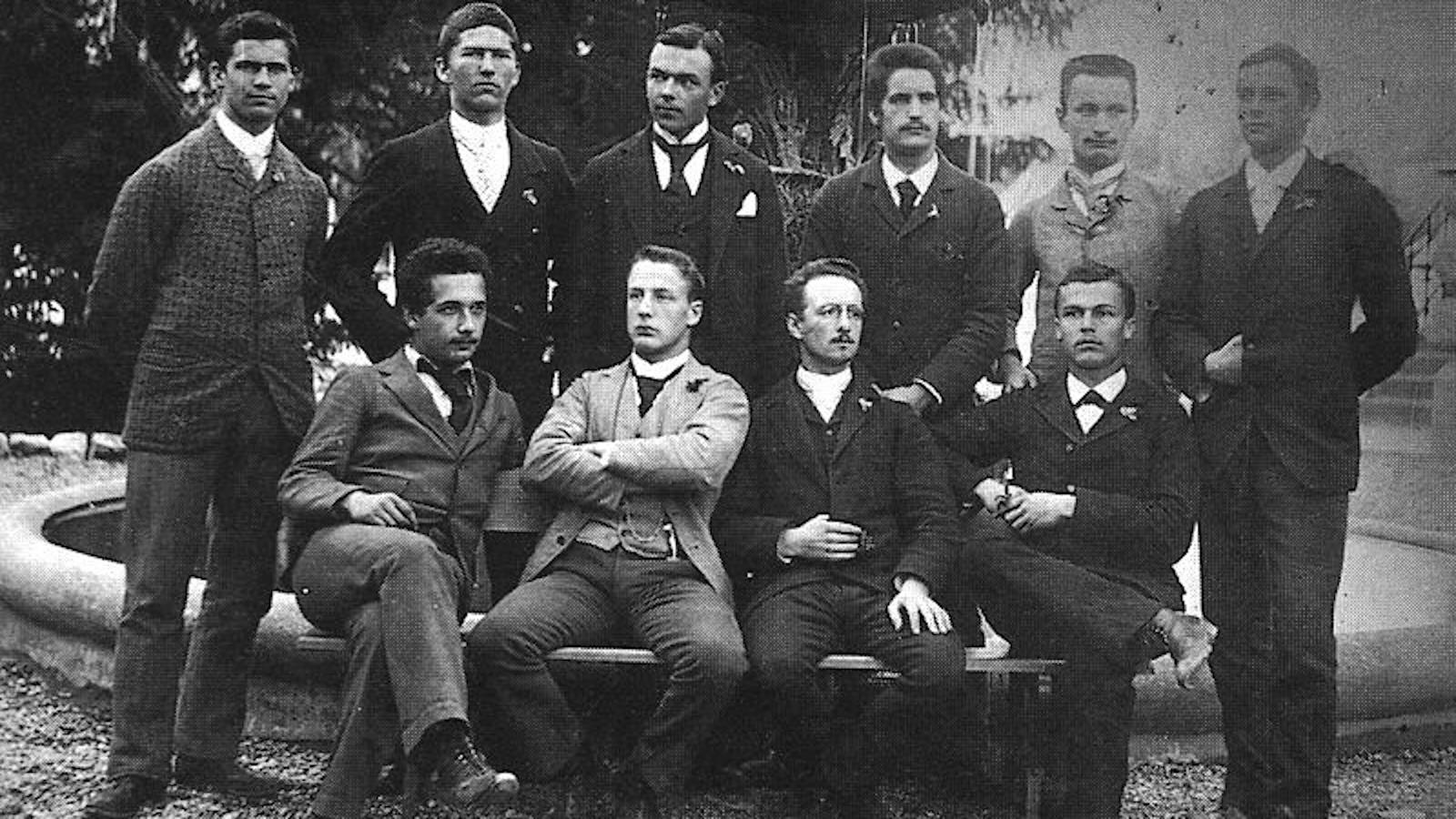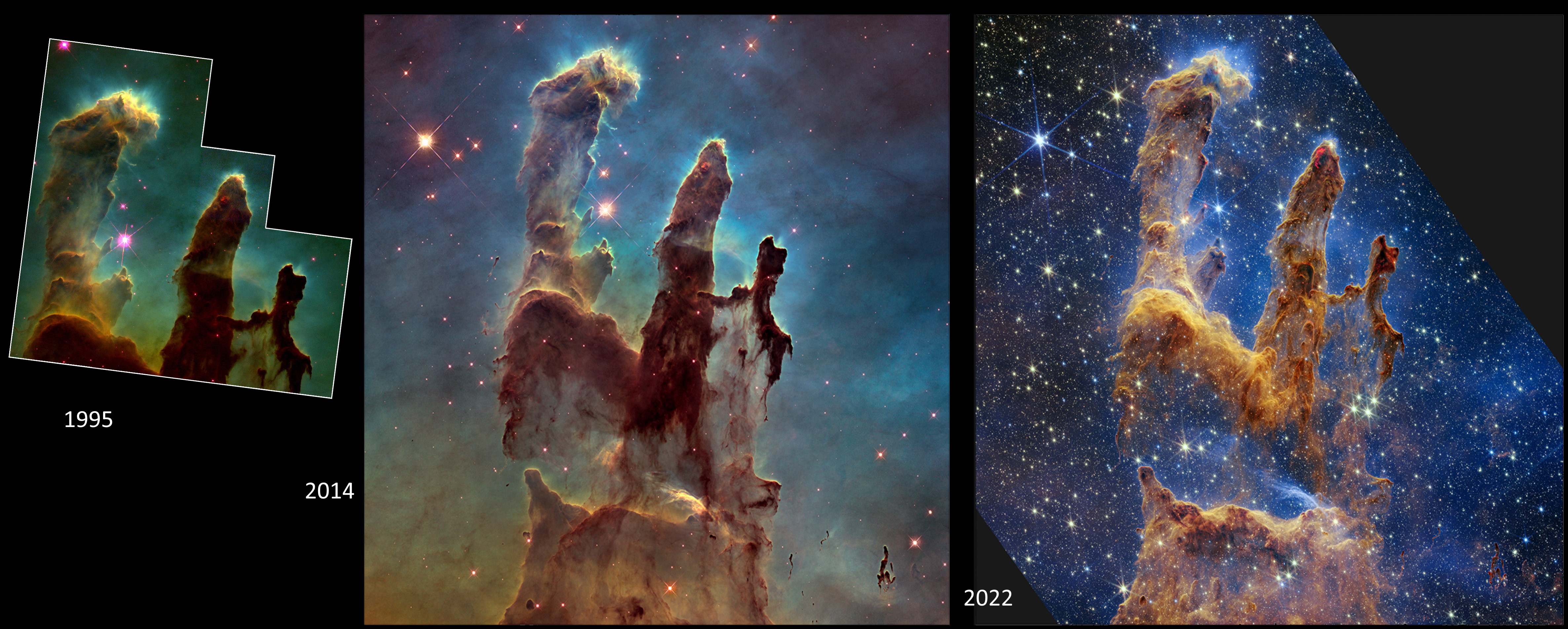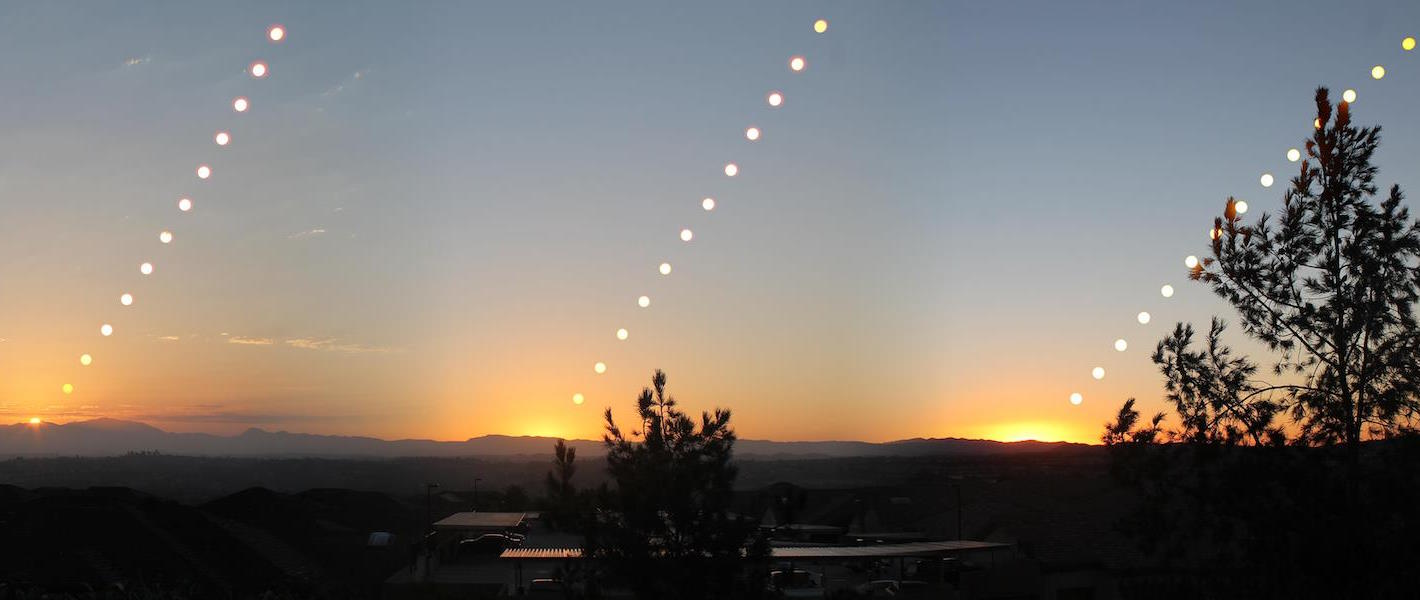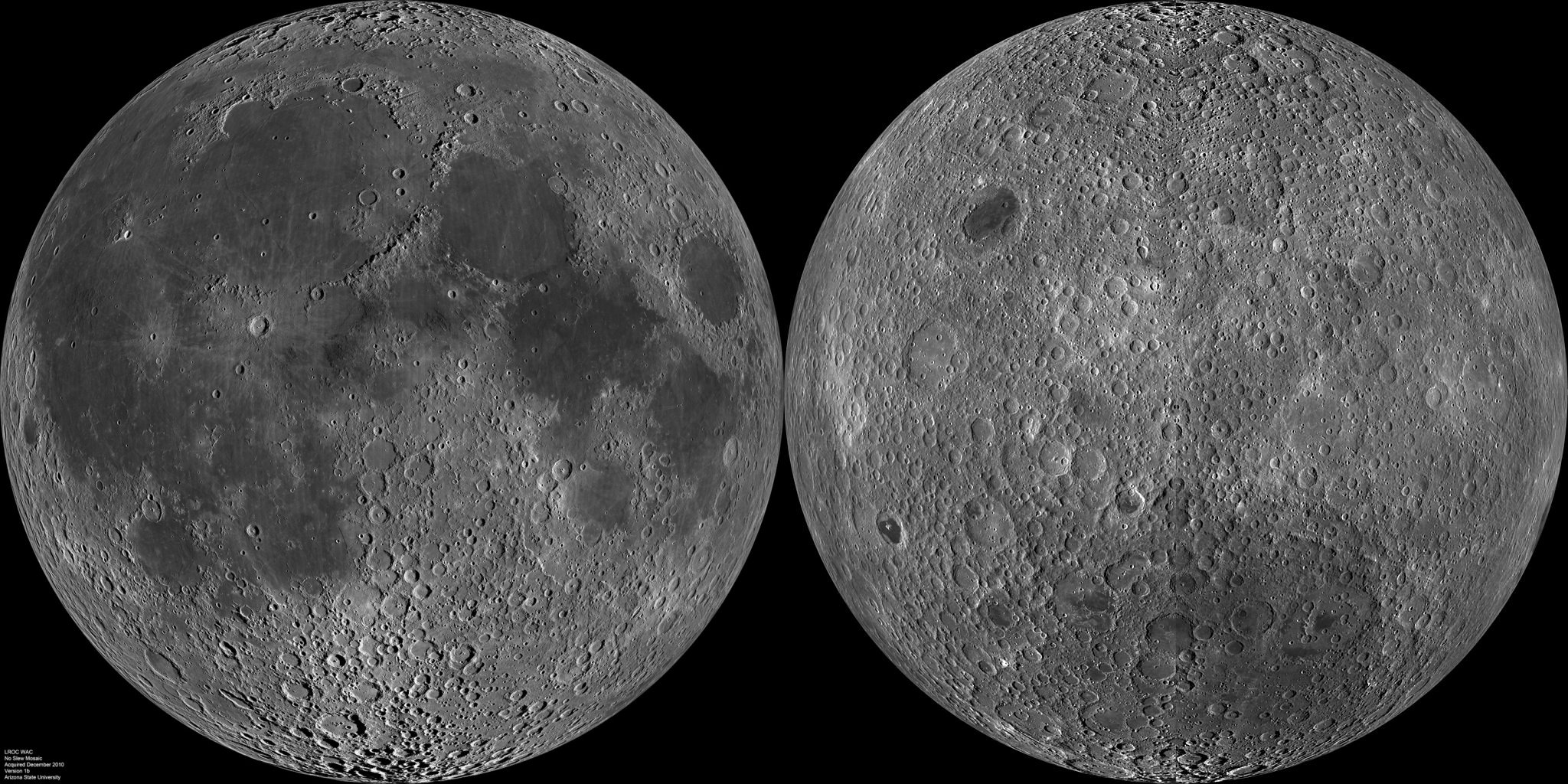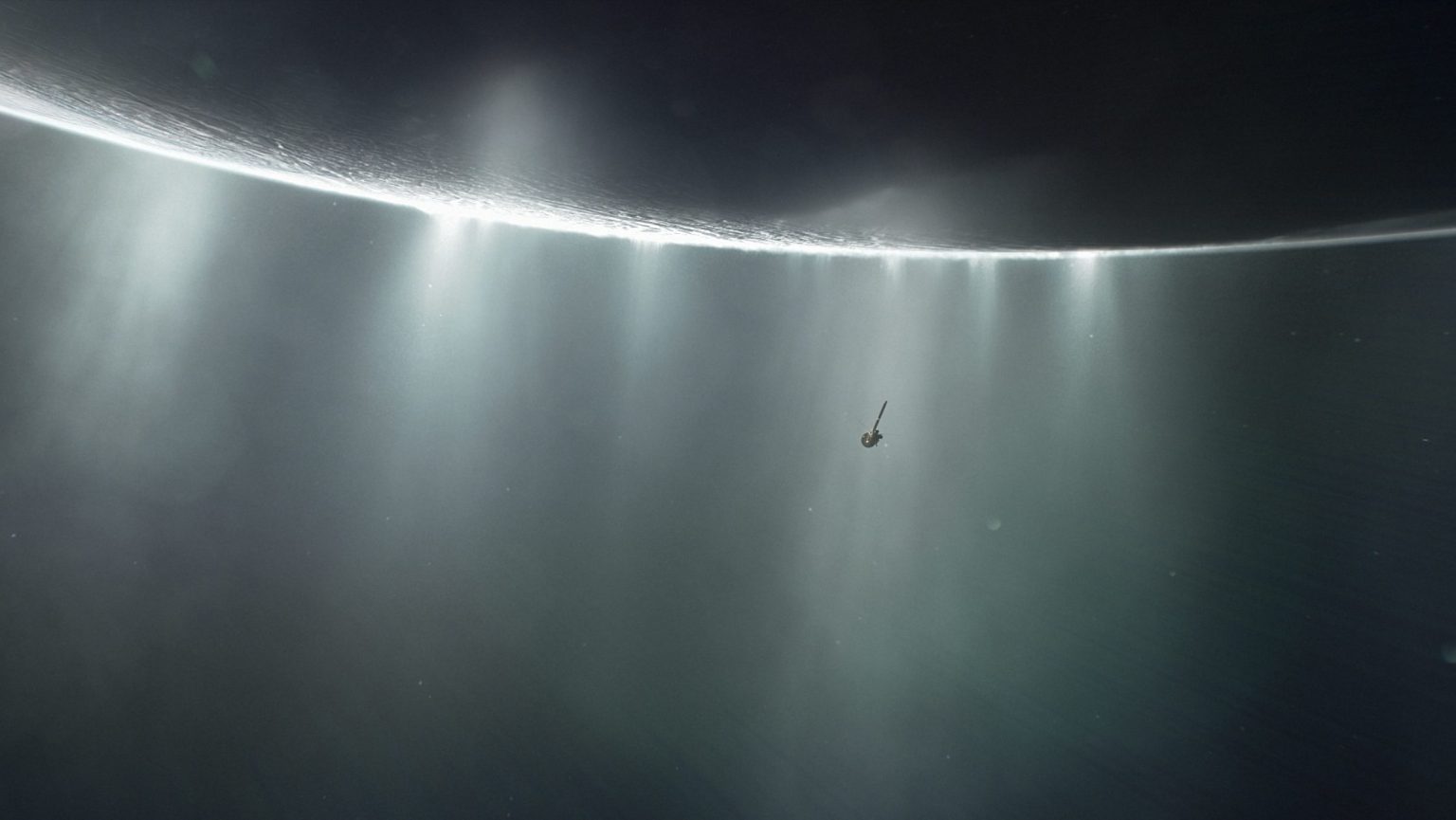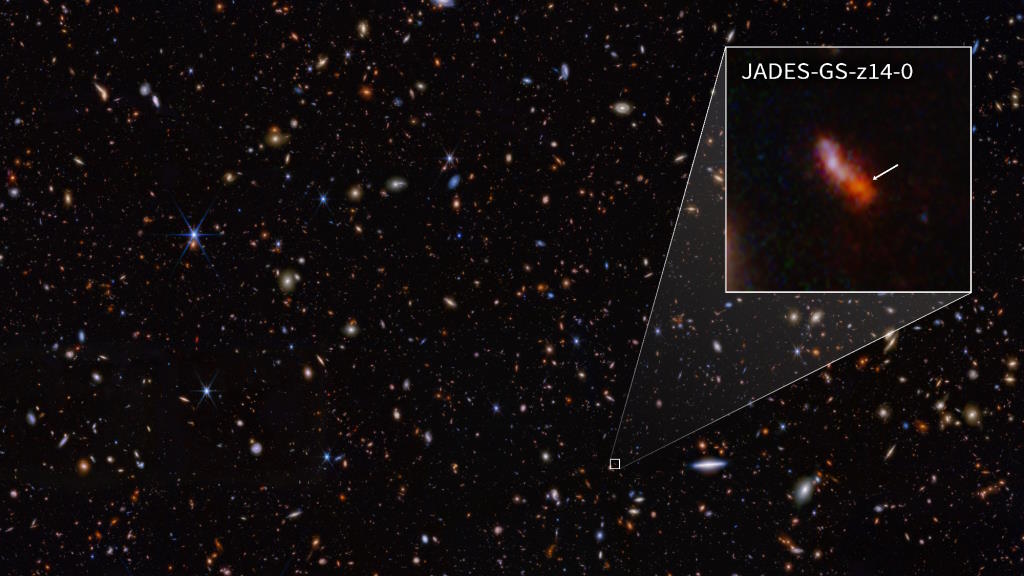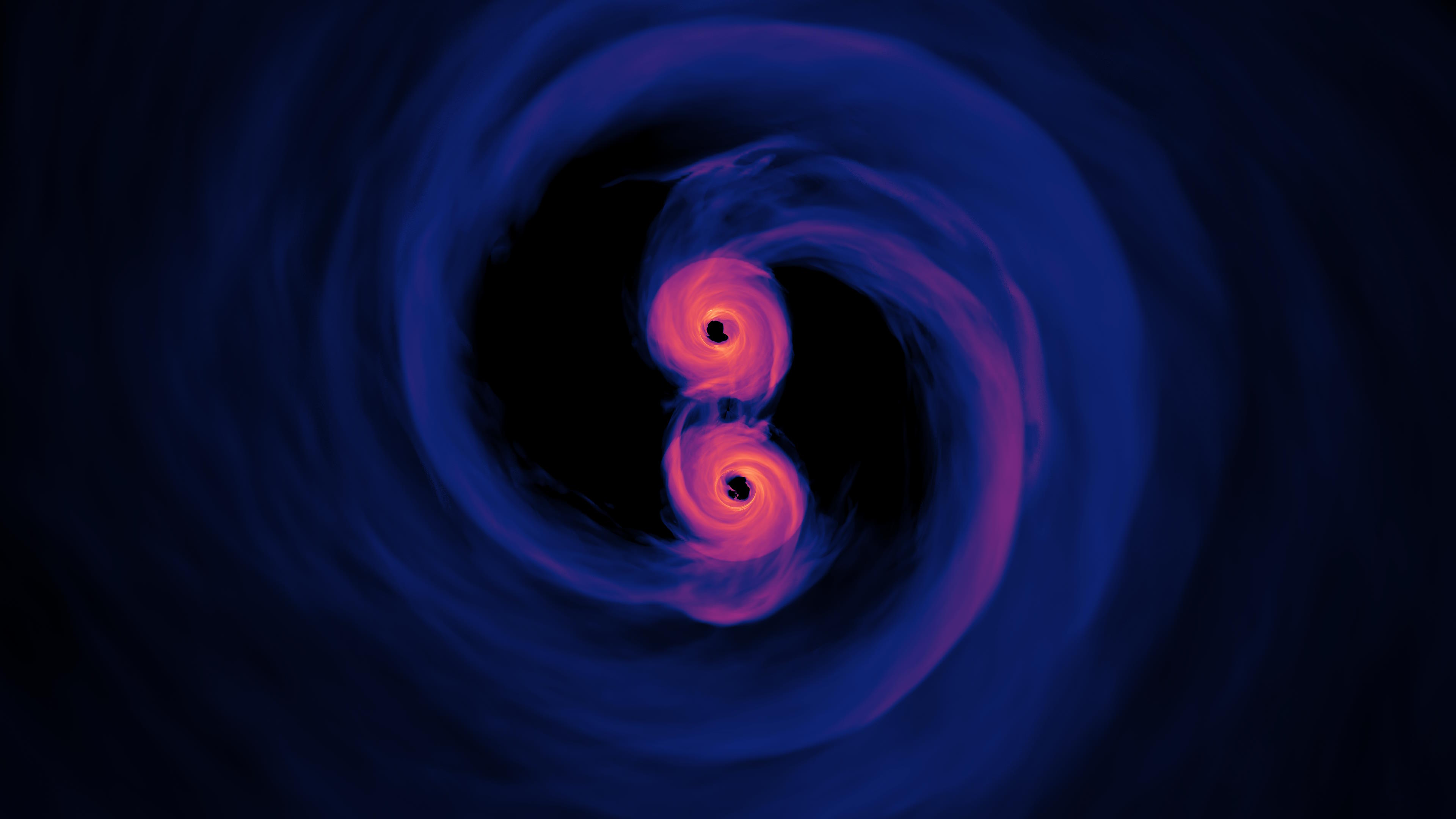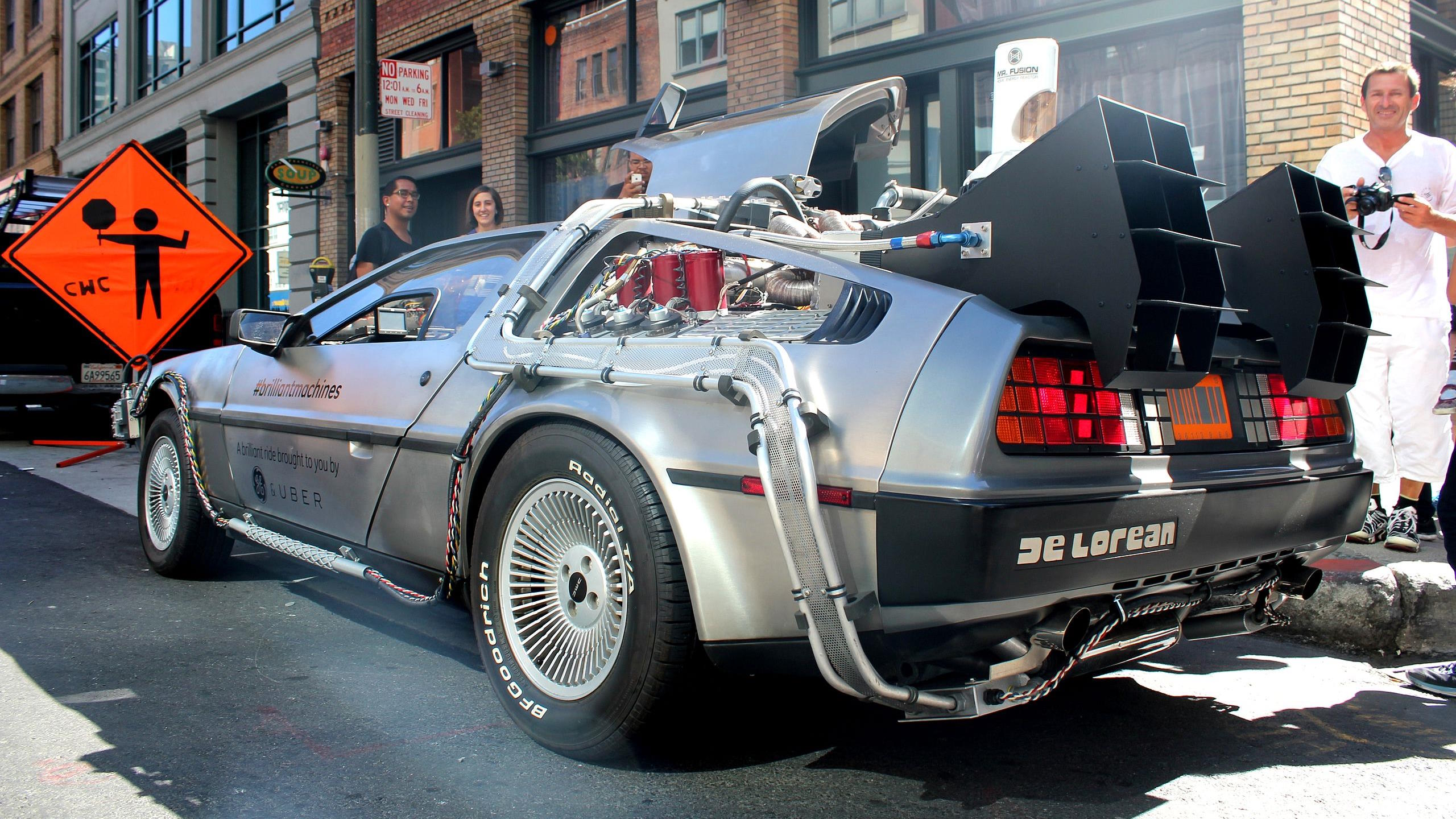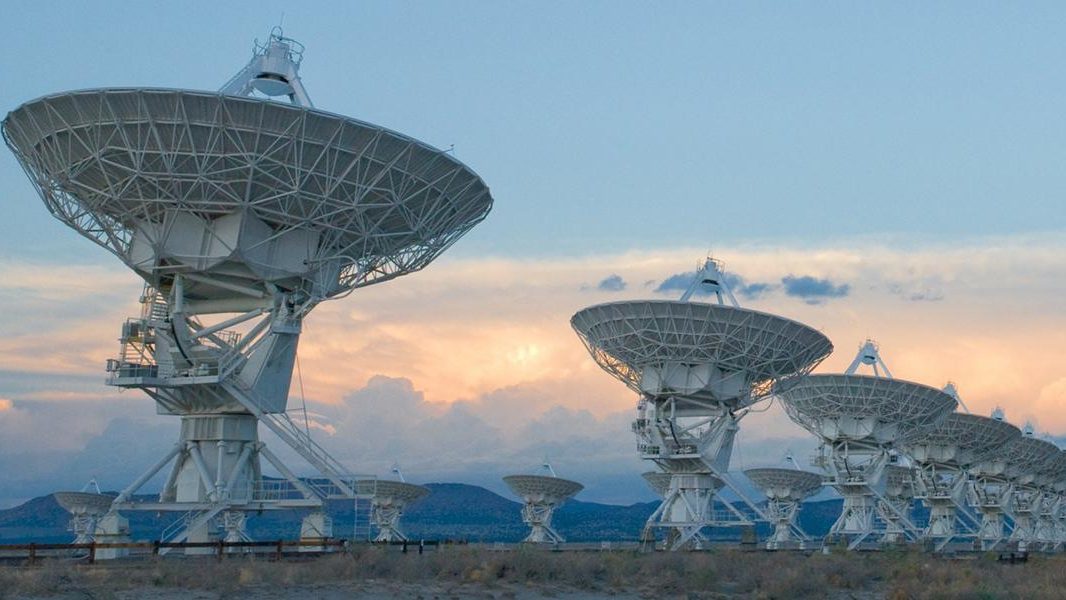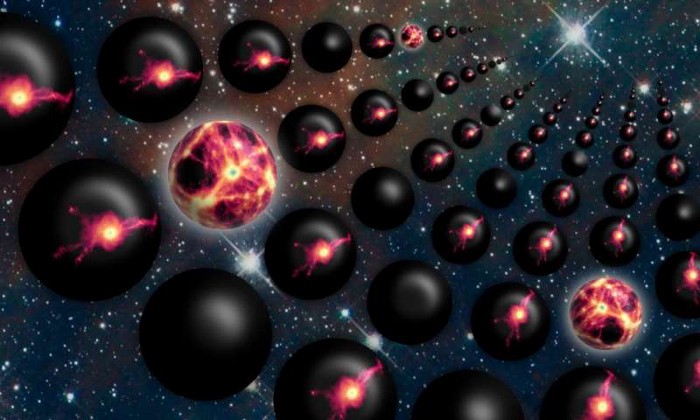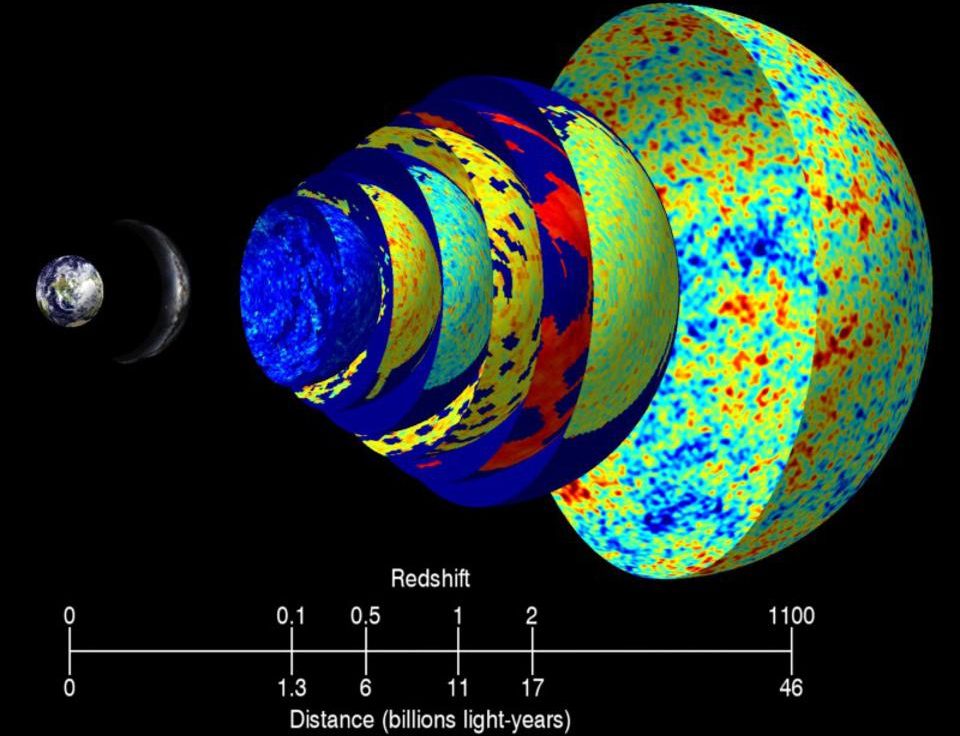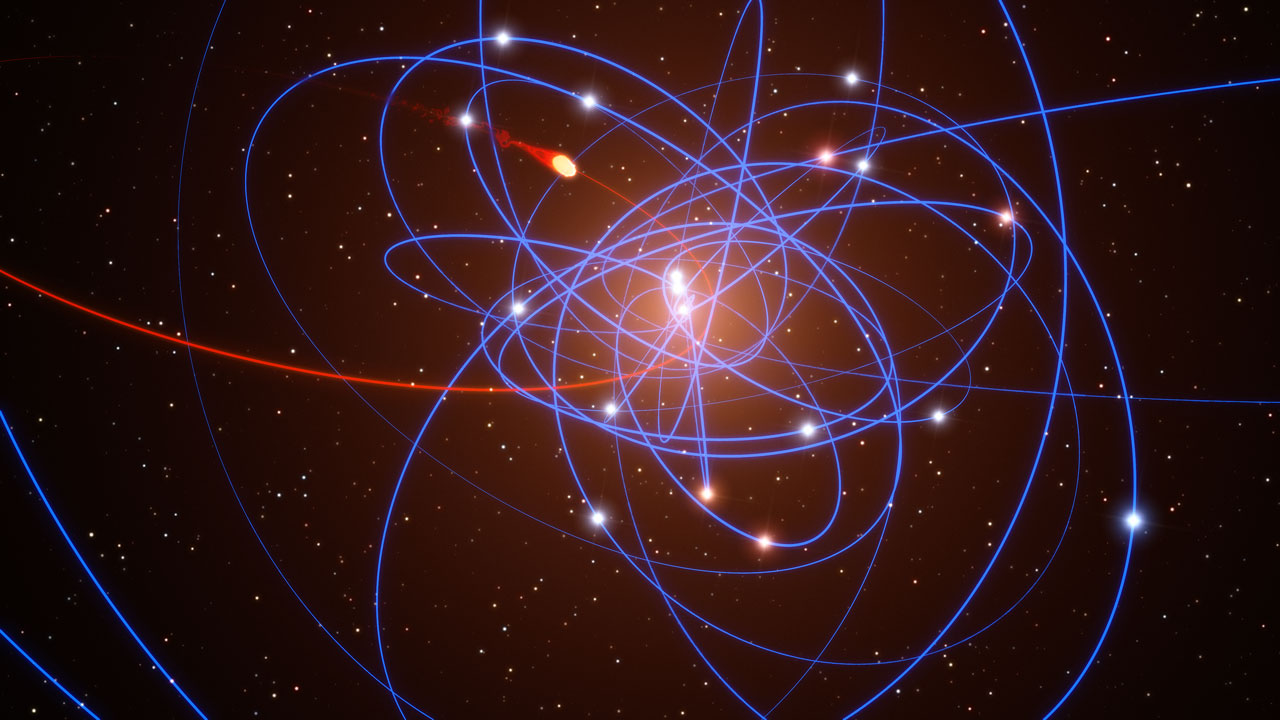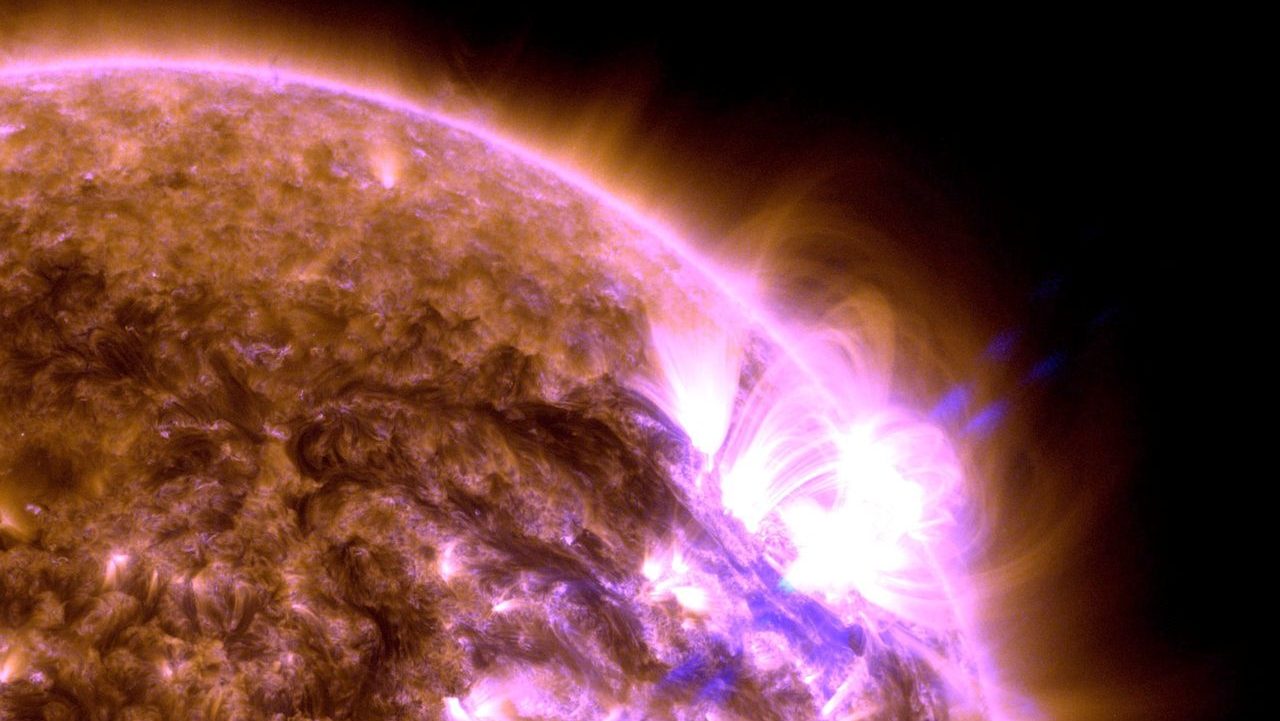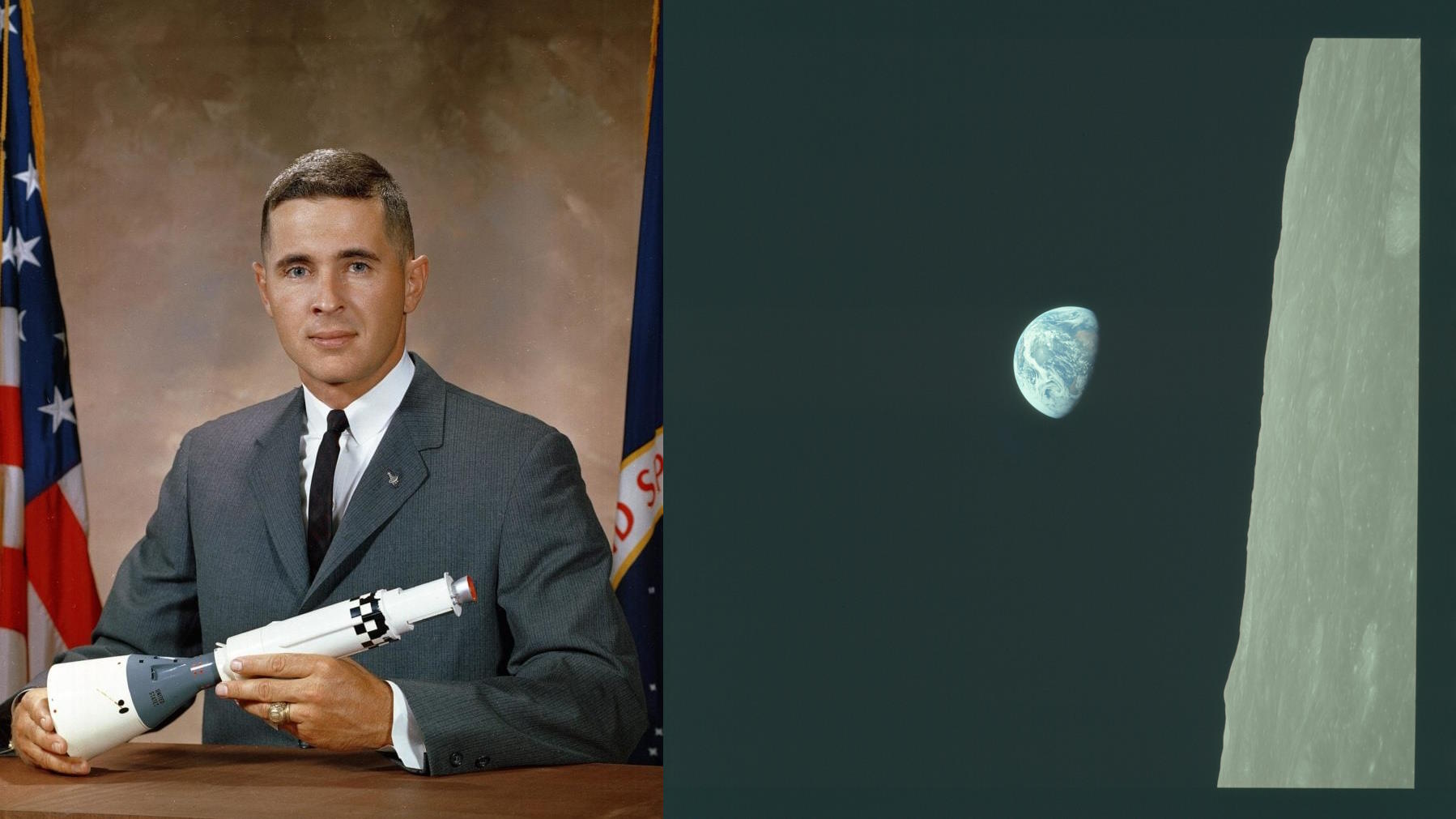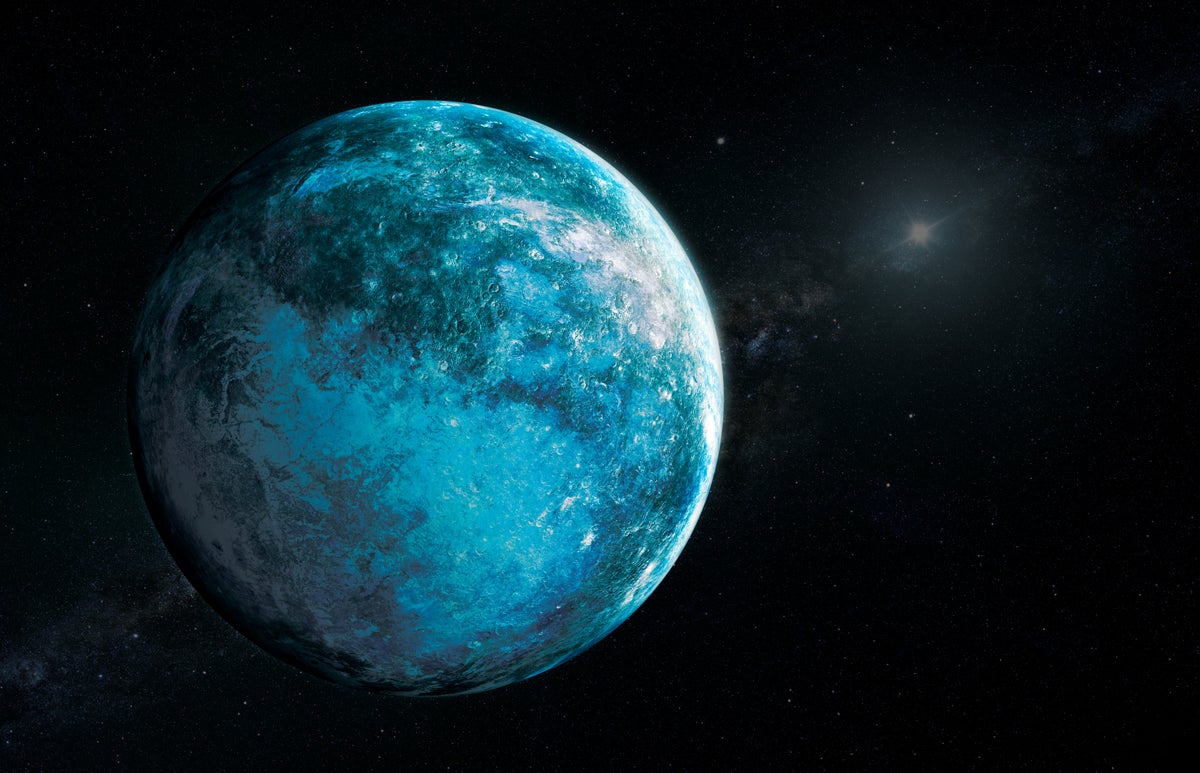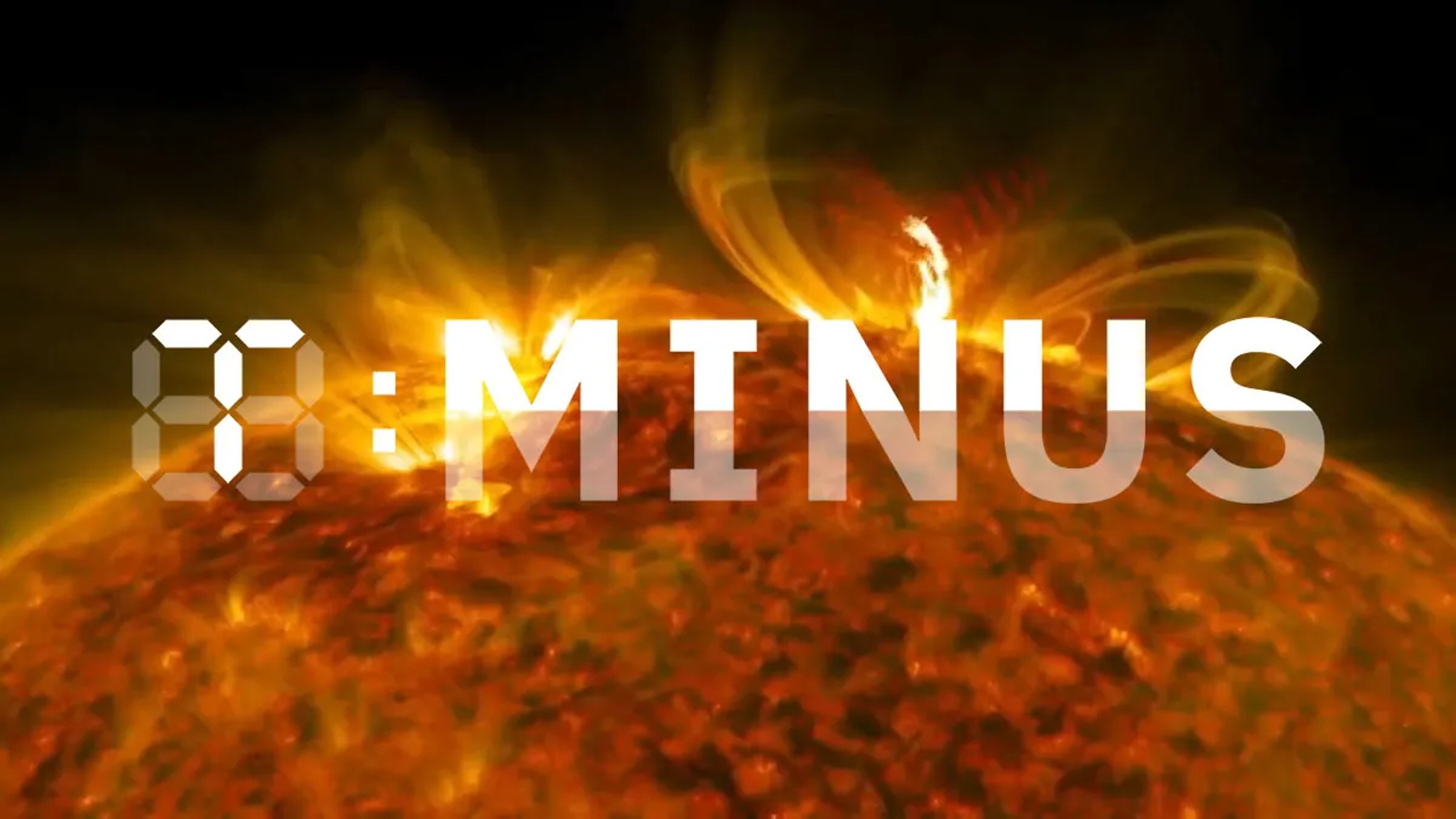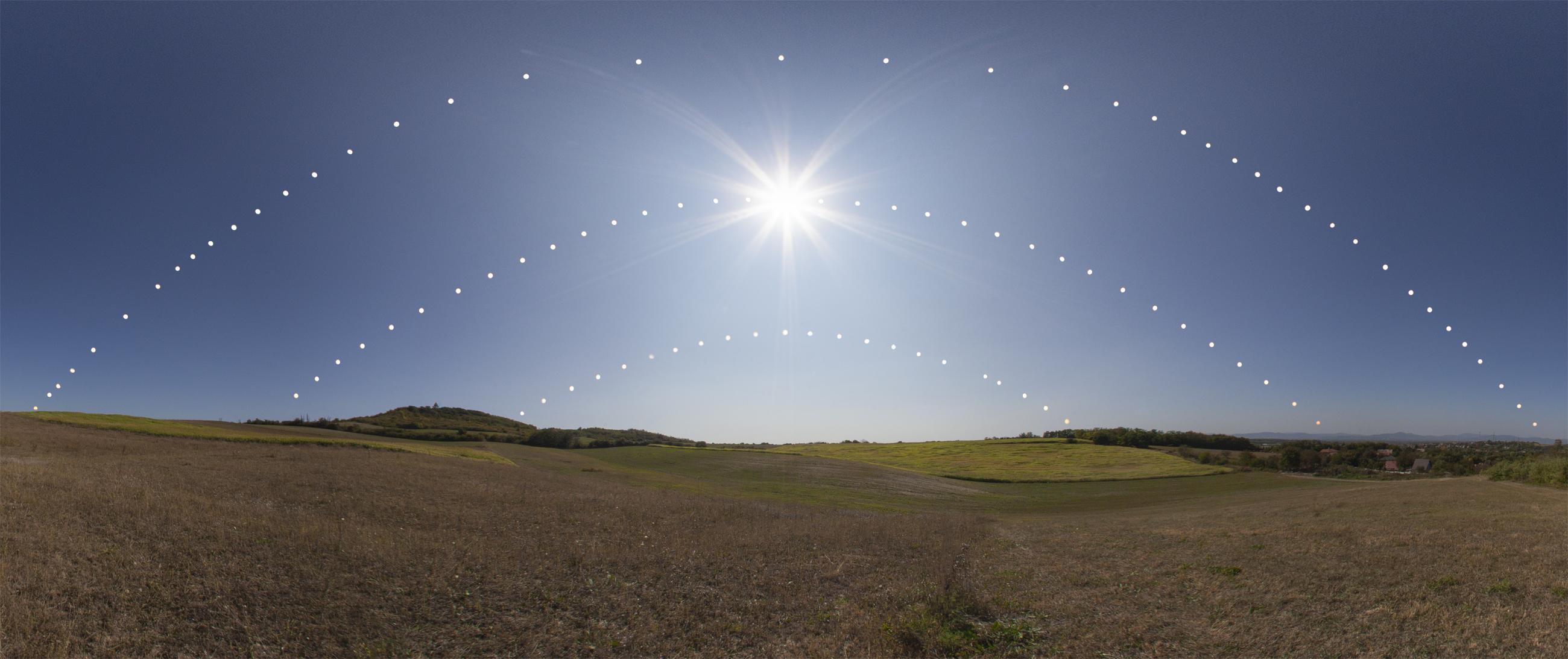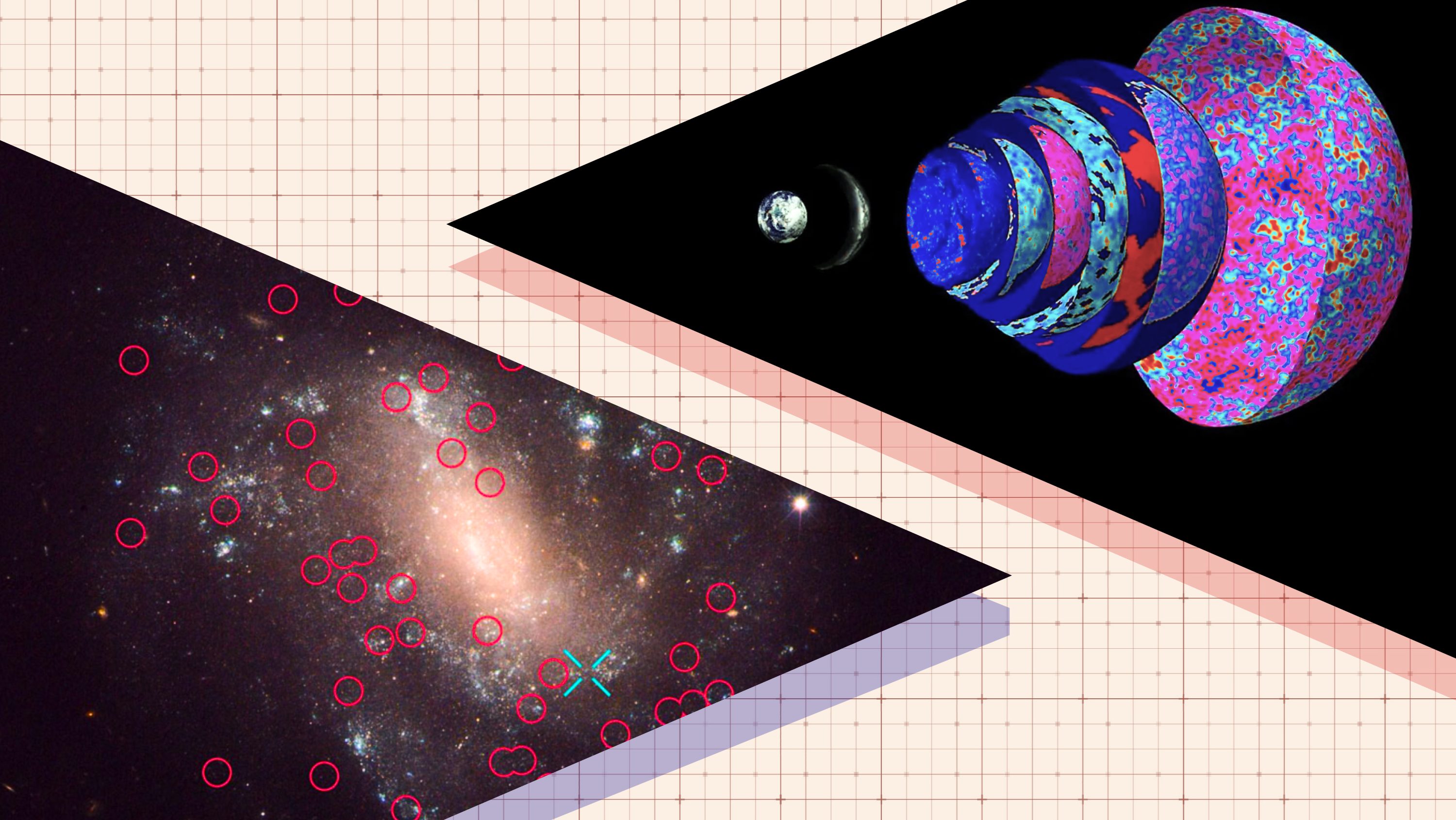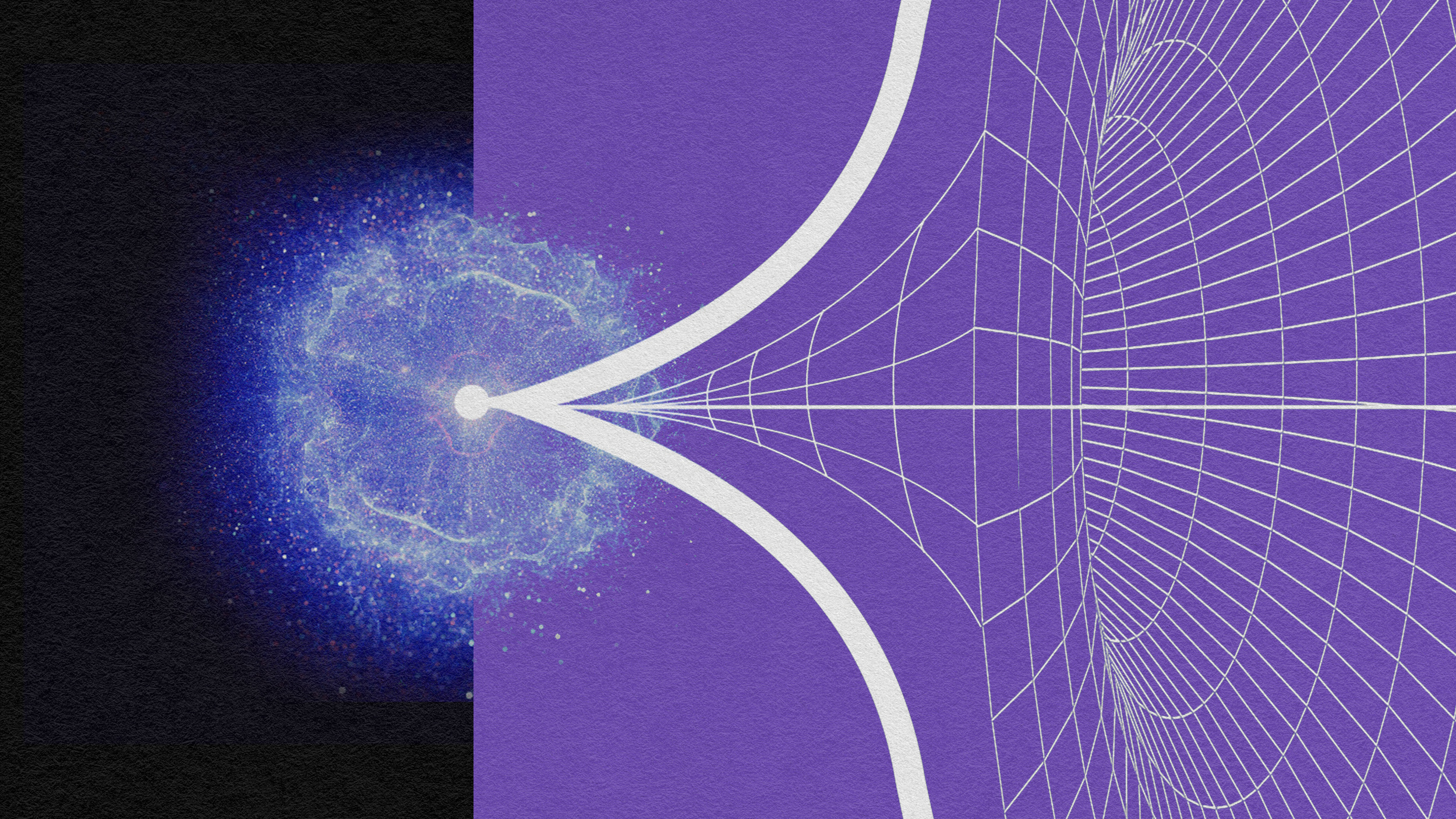Space & Astrophysics
There are many things that separate science from ideology, politics, philosophy, or religion. Follow these 10 commandments to get it right.
A long view of biological survival might point us to new possibilities for finding life elsewhere in the Universe.
The last infant stars are finishing their formation inside these pillars of gas. The evaporation of those columns is almost complete.
Sure, there’s less daylight during winter than summer, as your hemisphere is tilted away from the Sun. But darkness goes deeper than that.
Our thermodynamic arrow of time explains why the entropy of any isolated system always increases. But it can’t explain what we perceive.
The near and far sides of the Moon are so different from each other, and no one is sure why. New lunar samples could confirm a wild theory.
This research team is working out how to detect extraterrestrial cells in the liquid water ocean hidden beneath Enceladus’s icy crust.
All telescopes are fundamentally limited in what they can see. JWST reveals more distant galaxies than Hubble, but still can’t see them all.
There was a time where no starlight was visible throughout the entire cosmos. That time was short-lived: shorter than astronomers imagined.
Gravitational waves carry enormous amounts of energy, but spread out quickly once they leave the source. Could they ever create black holes?
CERN’s NA64 experiment used a high-energy muon beam technique to advance the elusive search for dark matter, offering new hope for solving one of astronomy’s greatest mysteries.
Traveling back in time is a staple of science fiction movies. But according to Einstein, it’s a physical possibility that’s truly allowed.
The sharpest optical images, for now, come from the Hubble Space Telescope. A ground-based technique can make images over 100 times sharper.
From the coldest planets to spacecraft that have exited the Solar System, these little-known facts stump even many professional astronomers.
The Universe’s history, from cosmic inflation to the Big Bang to the present, is known. But whether it’s infinite or not is still a mystery.
Although the Big Bang occurred at an instant in time long ago, we still see the light from it. Will the evidence ever disappear completely?
Known as hypervelocity stars, we originally thought just one would be ejected every 100,000 years. The real number is much greater.
Northern lights in the American South, clusters of huge geomagnetic storms—the Sun is throwing a tantrum right on schedule.
Newborn stars are surrounded only by a featureless disk. Debris disks persist for hundreds of millions of years. So when do planets form?
In December 1968, human beings made their first-ever journey to the Moon aboard Apollo 8. Their most important discovery? Planet Earth.
Out beyond Neptune are some fascinating bodies left over from our Solar System’s formation. Could one of them truly be spectacular?
To know how to protect its astronauts, NASA needs to first understand the threat.
From forming bound states to normal scattering, many possibilities abound for matter-antimatter interactions. So why do they annihilate?
On June 20, 2024, the summer solstice occurs at its earliest moment since 1796: when George Washington was President of the USA. Here’s why.
There are two different ways to measure the expansion rate of the Universe, and they don’t agree. And no, new measurements don’t help.
Is gravity weaker over distances of billions of light-years?
A new all-time record! JWST’s discovery of JADES-GS-z14-0 pushes the earliest galaxy ever seen to just 290 million years after the Big Bang.
If you bring too much mass or energy together in one location, you’ll inevitably create a black hole. So why didn’t the Big Bang become one?
The Universe is precisely dated at 13.8 billion years old, but astronomers claim the Methuselah star is 14.5 billion years old. What gives?
Ancient currents seemed to move in concert with a 2.4 million-year dance between the Red Planet and Earth.
